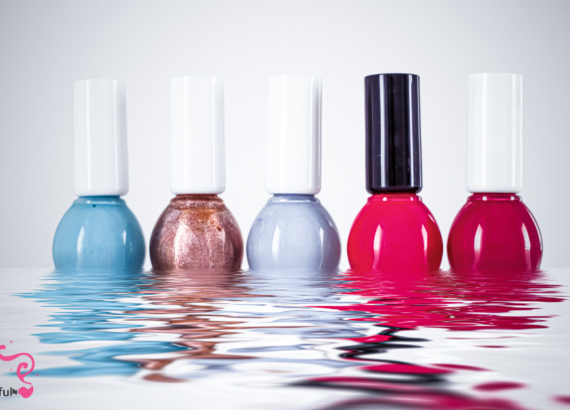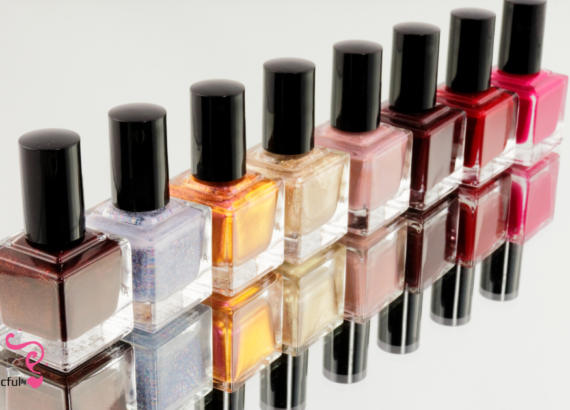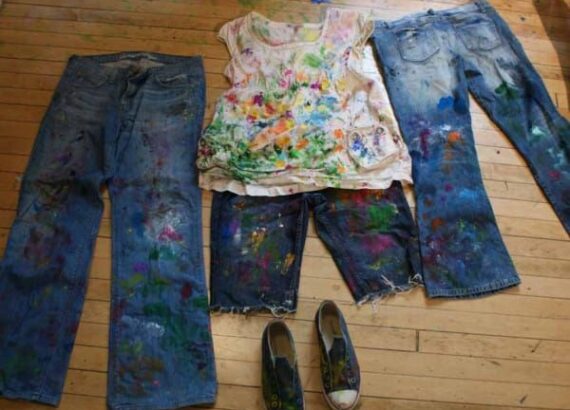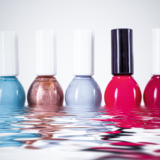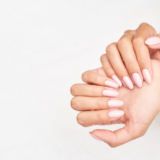How Old Should You Be To Get Acrylic Nails?

We’re glad you’re here to learn how old you should be to get acrylic nails. Acrylic nails are a common option for enhancing the natural beauty of your nails, but it’s important to take certain factors into consideration, especially for younger people. The ideal age for getting acrylic nails will be discussed in this article along with alternative options and vital advice for preserving healthy nails. Making decisions that priorities both style and the health of your nails is crucial.
I. How Old Should You Be to Get Acrylic Nails? Recommended Age:
For those who are at least 16 years old, acrylic nails are typically advised. Most people have mature nail beds by this age, which are better able to support the application and upkeep of acrylic nails. It’s important to keep in mind that this age recommendation is only a general suggestion, and that individual circumstances may change. Before choosing to get acrylic nails at any age, it is important to take into account factors like the health of your nails, your level of responsibility, and your personal readiness. To decide what to do in a given circumstance, always seek advice from a trusted adult or a nail technician.
II. Factors to Consider Before Getting Acrylic Nails at a Young Age:
1. Nail Bed Maturity:
Younger individuals may have less developed nail beds, which can make the application and removal of acrylic nails more challenging. The nail bed is responsible for providing a sturdy base for the acrylic extensions. If the nail bed is not fully developed, it may be more prone to damage or breakage during the acrylic nail application process. It is important to ensure that the nails are strong and healthy enough to support acrylic enhancements before considering them at a young age.
2. Responsibility and Maintenance:
Acrylic nails require regular upkeep and maintenance to prevent damage or infection. Younger individuals should demonstrate the responsibility to follow proper nail care routines. This includes avoiding activities that may cause excessive stress on the nails, such as biting or picking at them. It is also crucial to keep the nails clean, dry, and well-maintained to prevent the accumulation of bacteria or fungi. Young individuals should be willing to commit to the necessary maintenance routine and follow the instructions provided by a professional nail technician.
3. Allergies and Sensitivities:
Some individuals may have allergies or sensitivities to the chemicals used in acrylic nail products. Before getting acrylic nails, younger individuals should be aware of any potential allergies they may have. It is recommended to do a patch test or consult with a dermatologist or nail professional to ensure that the products used are safe for their skin. Allergic reactions can range from mild irritation to more severe symptoms, so it is crucial to take precautions and choose products that are suitable for sensitive individuals.
By considering these factors, young individuals can make an informed decision about whether acrylic nails are suitable for them. It is essential to prioritize nail health and ensure that the chosen nail enhancements align with their individual circumstances and level of responsibility.
III. Alternatives to Acrylic Nails for Younger Individuals:
1. Press-On Nails:
A great temporary and user-friendly alternative to acrylic nails is press-on nails. They allow young people to easily customize their appearance because they are available in a wide variety of patterns, hues, and lengths. Without the use of Accutane or other harsh chemicals, press-on nails are simple to apply at home. Typically, they include glue or adhesive tabs for securing attachment to the natural nails. For special occasions or for people who like to switch up their nail styles frequently, press-on nails are a fantastic option.
2. Gel polish:
Compared to regular nail polish, gel polish lasts longer. It offers a sturdy and chip-resistant finish, making it a great option for young people who want extended wear. Gel nail polish requires curing under a UV or LED lamp to harden and set the polish, but the application process is similar to that of regular nail polish. It produces a result that is glossy and polished. Depending on how long a person’s nails grow and how they take care of them, gel polish can last for two weeks or longer. It’s crucial to use the right removal methods to prevent harming the natural nails.
3. Nail Art and Stickers:
Nail art and stickers are a creative and fun way for young people to enhance their natural nails without the need for enhancements. They offer countless customization options due to their wide range of designs, patterns, and colors. Nail brushes, dotting instruments, and even common household items like toothpicks can be used to create nail art. Additionally, pre-designed nail stickers are available and are simple to apply to the nails for immediate decoration. Stickers and nail art provide flexibility and versatility, making it simple to experiment with various styles and frequently change designs.
With these substitutes, young people have a chance to express their unique sense of style and creativity without making the commitment or taking the risks associated with acrylic nails. To preserve the health and integrity of the natural nails, it’s critical to select high-quality products and adhere to proper application and removal procedures.
IV. Important Considerations for Maintaining Healthy Nails:
1. Nail Hygiene:
Maintaining proper nail hygiene is essential for healthy nails. Clean your nails on a regular basis with a gentle nail brush and mild soap or a nail cleanser. It is critical to remove dirt, debris, and bacteria that can build up on the nails. After washing, thoroughly dry your nails, including the spaces between your fingers, as moisture can promote fungus and bacteria growth.
2. Moisturize:
It is critical to keep your nails and cuticles moisturized in order to maintain their health and strength. To hydrate and condition your nails and cuticles, use cuticle oil or a nourishing moisturizer on a regular basis. This aids in the prevention of dryness, cracking, and splitting. Massage the oil or moisturizer into your nails and cuticles to increase blood circulation and overall nail health.
3. Avoid Excessive Force:
Be gentle with your nails and avoid using them as tools for tasks such as opening cans, scratching surfaces, or prying objects. Using your nails in this manner can result in nail damage, breakage, or even injury. To reduce the risk of nail trauma, use appropriate tools or your fingertips instead.
4. Nail Breakage:
It is critical to handle a broken nail properly to avoid further damage. Pulling or tearing the broken nail can aggravate the situation. Instead, use nail clippers or a file to carefully trim the nail to remove any sharp edges. Gently file the broken nail to smooth the surface and reduce the risk of snagging or further breakage.
5. Professional Removal:
If you decide to remove your acrylic nails, it is best to have them done professionally by a nail technician. Professional removal reduces the possibility of damaging your natural nails. Self-removal of acrylic nails can result in nail thinning, peeling, or breakage. A nail technician will dissolve the acrylic and gently remove it without damaging your natural nails.
By taking these precautions, you can keep your nails healthy and reduce your risk of nail damage, infections, and other nail-related issues. Prioritizing nail hygiene, moisturizing, and gentle care will help you maintain beautiful and strong nails.
Conclusion
Finally, determining the appropriate age for acrylic nails necessitates careful consideration of factors such as nail bed maturity, responsibility, and potential allergies. Individual circumstances may vary, but the general recommendation is to wait until you are at least 16 years old. When deciding on nail enhancements, it is critical to priorities nail health and hygiene.
Alternative options are available for younger people who are not yet ready for acrylic nails. Press-on nails provide a temporary and simple solution with a wide range of designs to choose from. Gel polish is a longer-lasting alternative to regular nail polish, with greater durability and a more professional appearance. Nail art and stickers enable artistic expression and decoration of natural nails without the use of enhancements.
It is critical to maintain healthy nail habits, regardless of the nail enhancement or alternative chosen. Regular nail hygiene, such as cleaning and drying, aids in the prevention of the growth of bacteria and fungi. Using oils or moisturisers to moisturise nails and cuticles keeps them hydrated and prevents dryness and cracking. Using nails as tools and avoiding excessive force reduces the risk of damage and breakage.
When a nail breaks, it is critical to handle it carefully by trimming and filing it gently rather than pulling or tearing it. It is best to seek professional assistance when removing acrylic nails to avoid damaging the natural nails.
Finally, each person should make informed decisions based on their individual circumstances, nail health, and level of responsibility. Individuals can enjoy beautiful and well-maintained nails at any age by taking these factors into account and prioritizing nail health.
